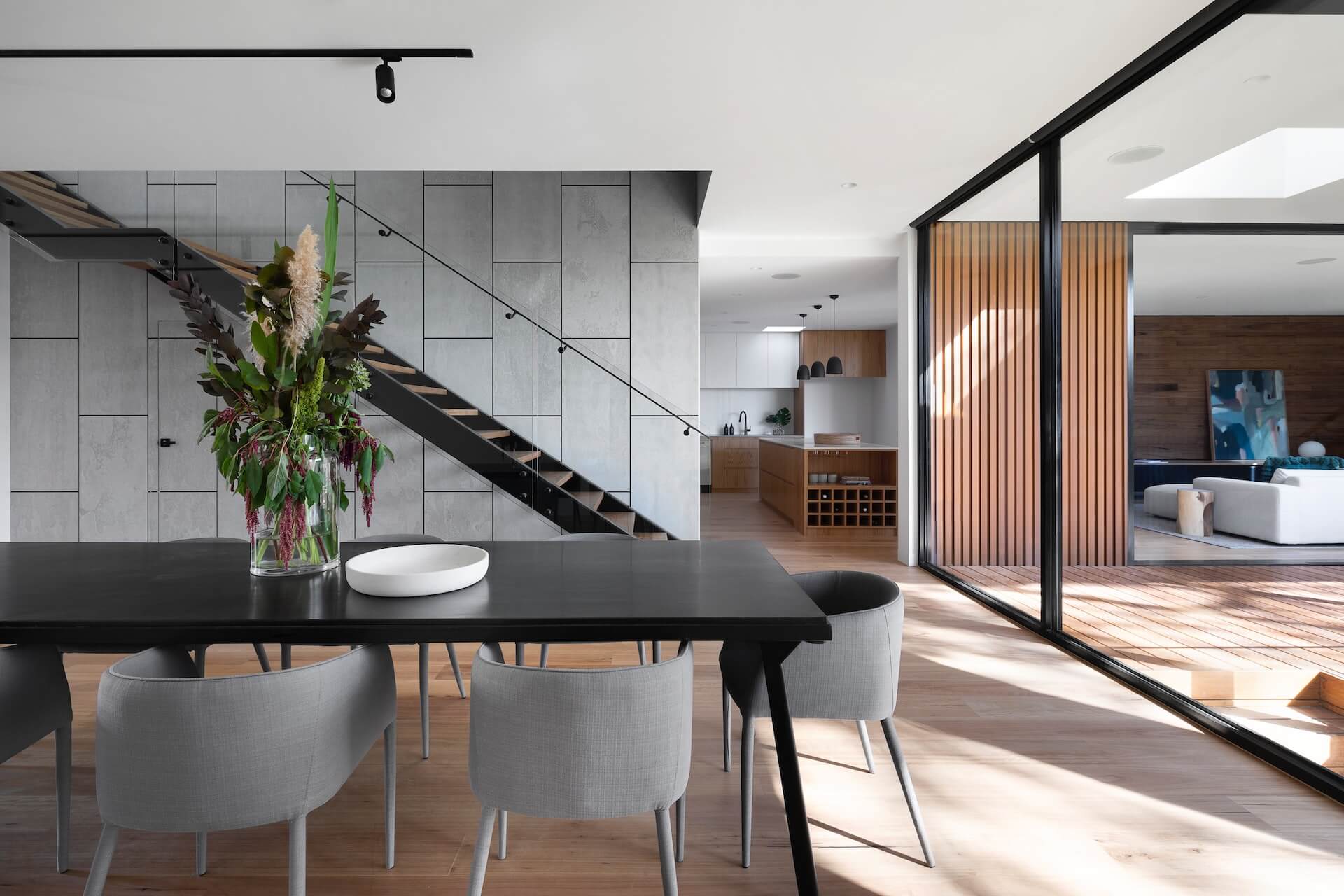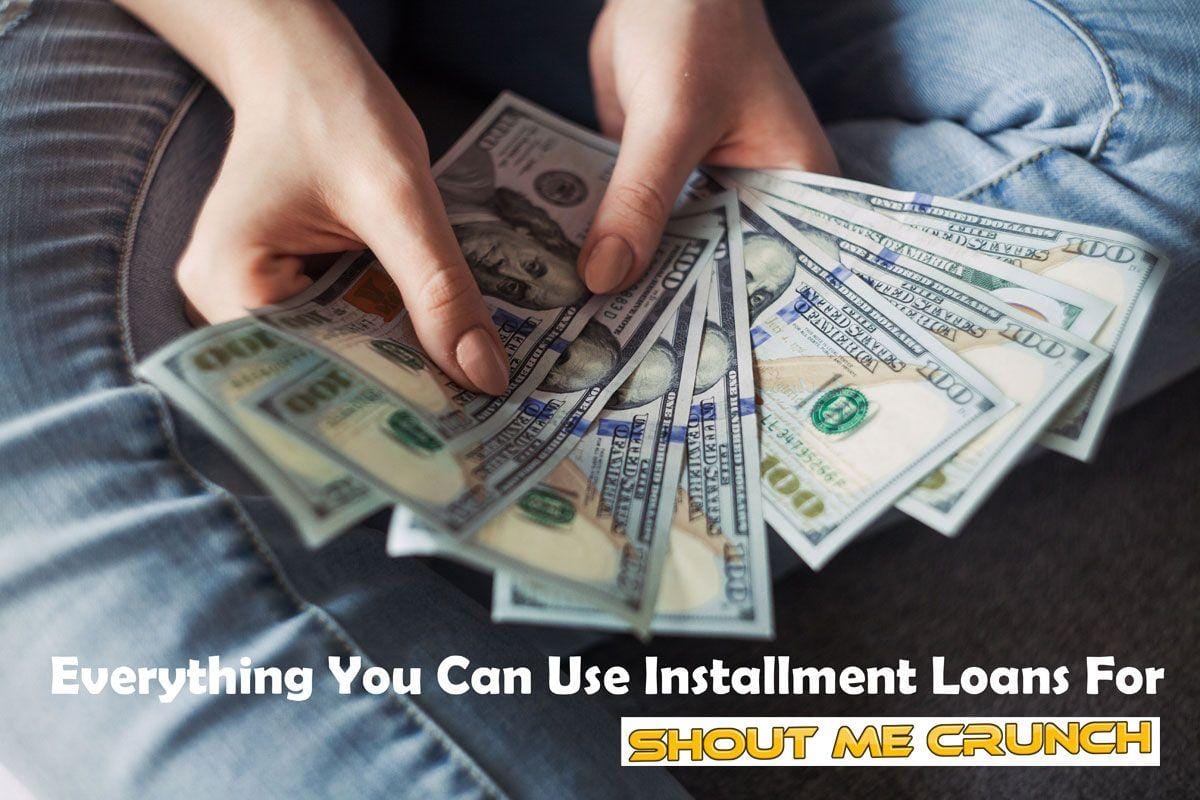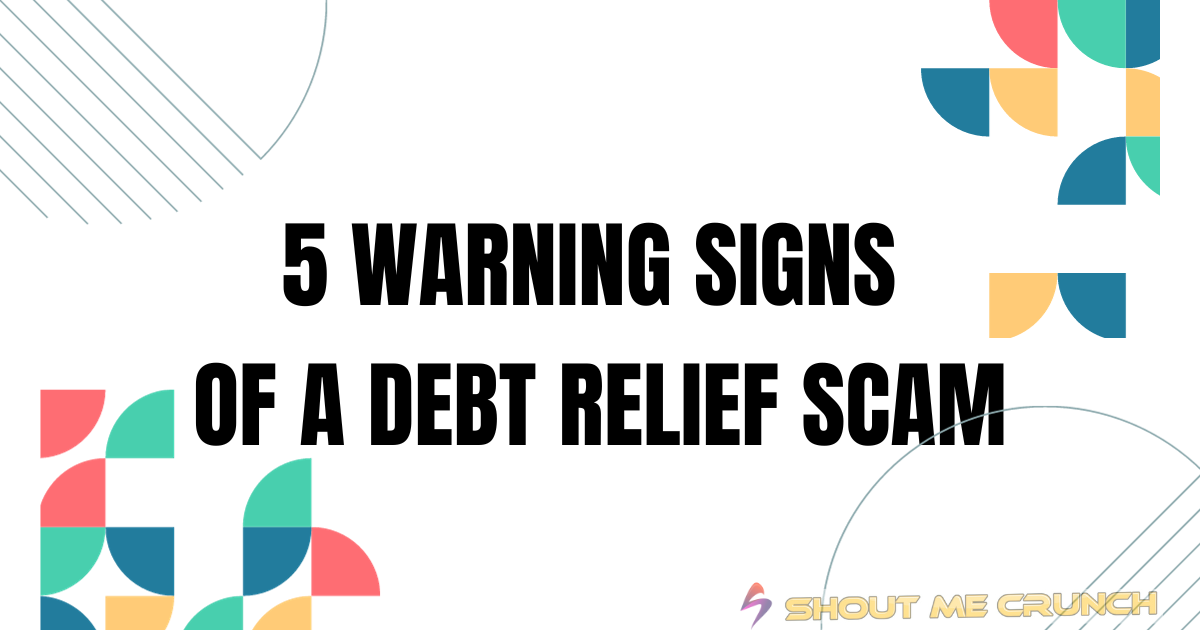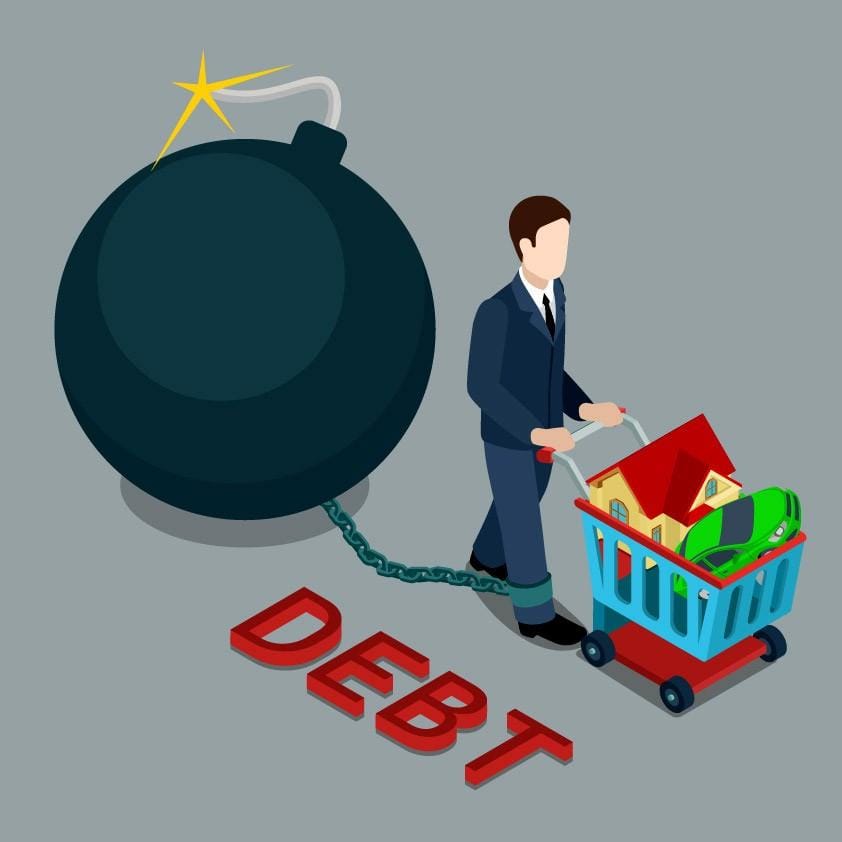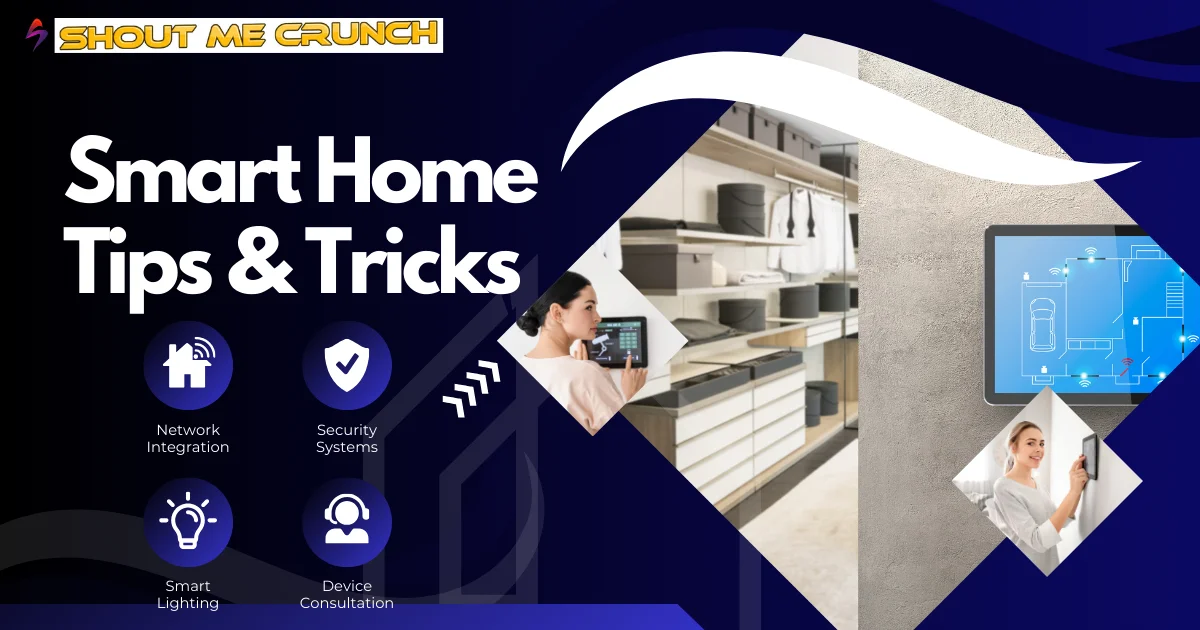Purchase of a home is among the largest monetary targets in life yet it is one of the most difficult to accomplish. Home loan is not the greatest difficulty facing most Indians but organizing the down payment, which may take up to 10 to 20 percent of the cost of the property.The term Zero-Down Home Loans has gained some traction in the past few years, and it is selling the American dream of owning a house with no money down. Is it actually possible in India? Or just another myth created by marketers?
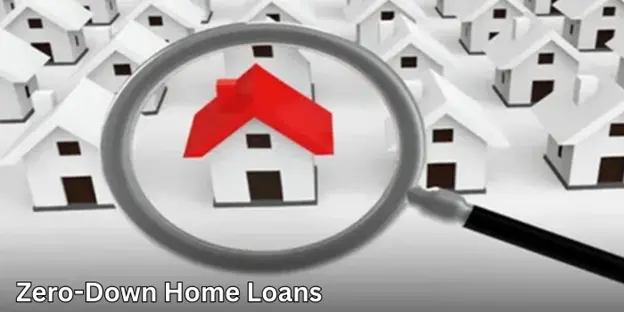
Let’s get to the bottom of zero-down home loans, learn how they operate in the world, and see what really is available to Indian homebuyers.If you’re planning to apply for a personal loan, the lowest interest rates help reduce your long-term financial burden. With Credveda – your trusted loan consultant –You gain access to a variety of lenders, quick approvals, clear procedures, and flexible options that meet your needs. To manage your money properly, you need to know the significance of interest rates.
Contents
What Is A Zero-Down Home Loan?
A house loan with a zero down payment (or 100% financing) allows a house buyer to get a loan without a down payment. The lender in such an arrangement pays the entire price of the property as loan and the effect is that the buyer does not make even a single rupee as a down payment.
Sounds too good to be true in theory—no savings needed, possession at once, and easy repayment. But the situation is far more complicated, particularly in India’s controlled financial environment.
The Reality: Is Zero-Down Home Loan Feasible In India?
Reserve bank of India (RBI) does not permit 100 per cent financing of Home loans. Strict Loan-to-Value (LTV) ratio requirements have to be followed by banks and housing finance institutions.
Here’s What Rbi Prescribes:
For homes of up to ₹30 lakh: maximum LTV is 90%
For ₹30–₹75 lakh: maximum LTV is 80%
For over ₹75 lakh: maximum LTV is 75%
This implies that the borrowers need to pay a minimum of 10–25% of the property price at the onset as a down payment.So, true zero-down home loans don’t exist in India. But some financial arrangements can produce the illusion of a zero-down loan.
How Some “Zero-Down” Offers Work In India?
Even though not officially named so, you may find promotional offers that look like zero-down loans. Here’s what they really do:
Builder-Subvention Schemes
Builders may partner with banks to provide schemes such as “No EMI till possession” or “Book now, pay later.”
In these instances:
- The customer pays a minimal booking fee (say 5%–10%).
- The bank pays the loan during construction.
- The builder pays the pre-EMI interest until possession.
It’s like a zero-down plan, yet you end up paying an initial amount and then carry the total repayment burden.
Personal Loan Or Top-Up Loan For Down Payment
There are some buyers who use a personal loan or top-up loan to make the down payment amount.
Though it may seem like a zero-down buy, it’s actually borrowing two loans—a home loan and a personal loan—giving rise to:
- Greater EMIs
- Increased total interest cost
- More financial burden
This approach can be risky and should be avoided unless you’re confident about repayment capacity.
Corporate Or Employer-Assisted Home Loans
Certain companies have tie-ups with lenders that allow employees to pay minimal or deferred down payments. The employer may fund part of the cost or guarantee repayment.
Although this is temporary relief, it’s not a genuine zero-down deal, as some payment is still made either in the form of salary deductions or post-possession payments.
Why Rbi And Banks Don’t Like Zero-Down Home Loans?
Indian banks and regulators discourage zero-down loans for a number of good reasons:
Risk Of High Defaults
Since the borrower is putting no personal money in, he might be lacking in commitment. This raises the risk of default in case of unstable income.
Fluctuations In Asset Value
When property values decline, the bank may be financing in excess of the value of the property, and there will be a dangerous mismatch.
Discipline In Money
A down payment demonstrates the saver discipline and ability of the borrower to service long-term EMIs.
Stability In The Market
By implementing down payment rules, RBI avoids speculative purchases and keeps the housing finance market stable.
The Hidden Dangers Of “Zero-Down” Promises
Some unregulated lenders or brokers might advertise “zero-down” or “100% loan” schemes. Borrowers should be extremely cautious.
These schemes can include:
- Hidden charges or inflated property prices
- Unrealistic repayment terms
- Unverified or illegal lending practices
Always verify the lender’s credentials, read the fine print carefully, and ensure they are RBI-registered before proceeding.
Smarter Ways To Buy A Home With Low Upfront Cost
Although zero-down home loans may not be available, there are intelligent and secure options to facilitate home purchase:
Government Housing Schemes
Government schemes like Pradhan Mantri Awas Yojana (PMAY) allow the interest subsidy to first-time home buyers, reducing your total EMI and loan price.
Step-Up Home Loans
Some financiers offer step-up loans, with smaller EMIs initially which move up with your salary. This manages early financial stress while you could buy a better house.
Builder Offers & Discounts
Builders give festival offers, stamp duty waiver, or easy payment schemes. Watch for these opportunities—these may lower your effective down payment.
Joint Home Loans
Applying with a co-applicant (family member or spouse) makes you more eligible, enables you to take a larger amount, and can even provide tax exemptions under Sections 24(b) and 80C.
Consult A Loan Consultant
A good loan consultant or financial advisor can match quotes from several lenders, negotiate low-interest housing loans in India, and lead you to the best deal for your profile.
Such platforms as Credveda assist borrowers to connect with top lenders, get improved terms, and have a hassle-free, transparent home loan process.
Why Paying A Down Payment Is Actually Good For You?
While it may be tempting to skip upfront payments, paying a down payment has several fiscal advantages:
- Lower EMI burden on account of lower loan amount.
- Reduced total interest outgo over the term.
- Increased credibility in the eyes of lenders.
- Instant equity in your house from day one.
So rather than dodging it, consider your down payment an investment in the financial security that a home provides.
Conclusion: The Smart Way To Own A Home
The myth that is still prevalent in India is zero-down home loans, nonetheless, affordable homeownership can be quite achievable.The secret lies in careful financial planning, establishment of a sound credit score, and seeking government or builder-backed deals responsibly.
Instead of pursuing a dream of no payment, concentrate on keeping costs low sensibly—shop around for loan rates, save up for a decent down payment, and deal with trusted financial professionals.
Don’t forget, the objective isn’t to purchase a home—it’s to purchase one wisely and be able to afford it for years to come.With a proper strategy, patience, and professional advice, your dream home can become a reality—without the dangers of a zero-down loan.
